Northern California … our fourth attempt! It’s been planned, and cancelled, three previous times: once for wildfires, once for Covid, and once when Philip slipped and ruptured a disc in his back on the way there, necessitating a quick return home for emergency surgery and rehab. Fast forward to 2023: fourth time’s a charm!

We’re comin’ for ya, NorCal, with 27 stops over the next 81 days. To get to Northern California from Phoenix, however, you go through Central California. Our first two stops included tributes to two popular American icons and leaders. Do you recognize who they are?

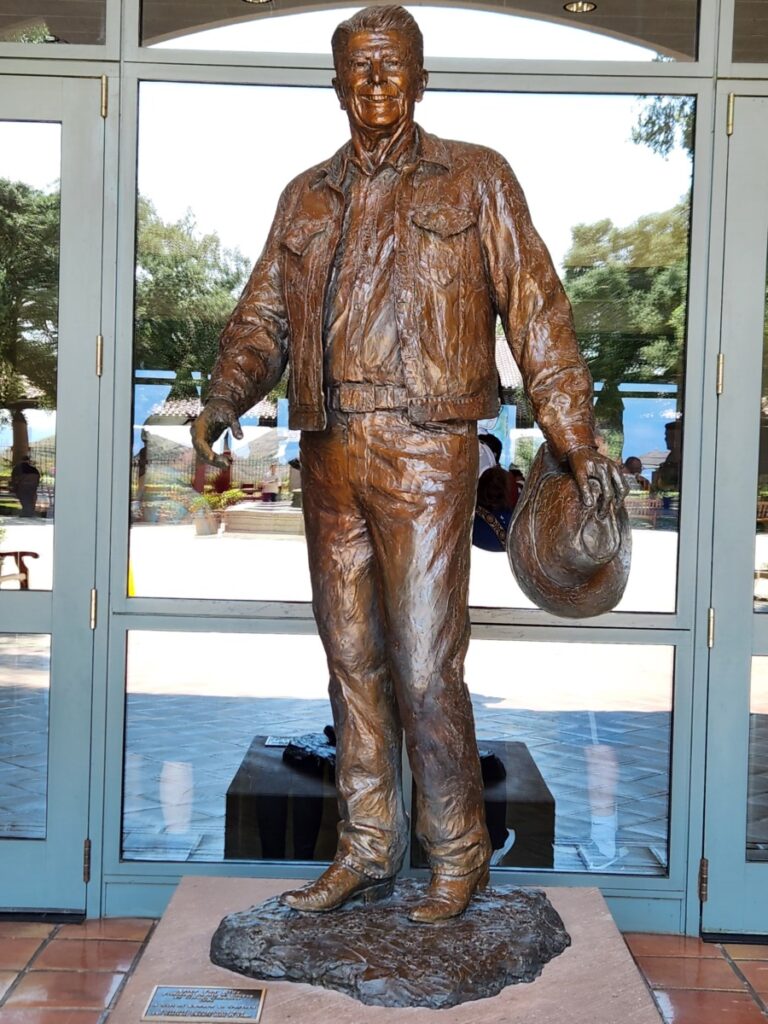
The first is General George S. Patton, whose Memorial Museum is located east of Indio, CA on I-10. With Virginia heritage and a West Point pedigree, who commanded primarily in Africa and Europe, why stick the poor guy’s legacy in the middle of the harsh Mojave Desert, next to an overpriced gas station and a Tastee-Freez?
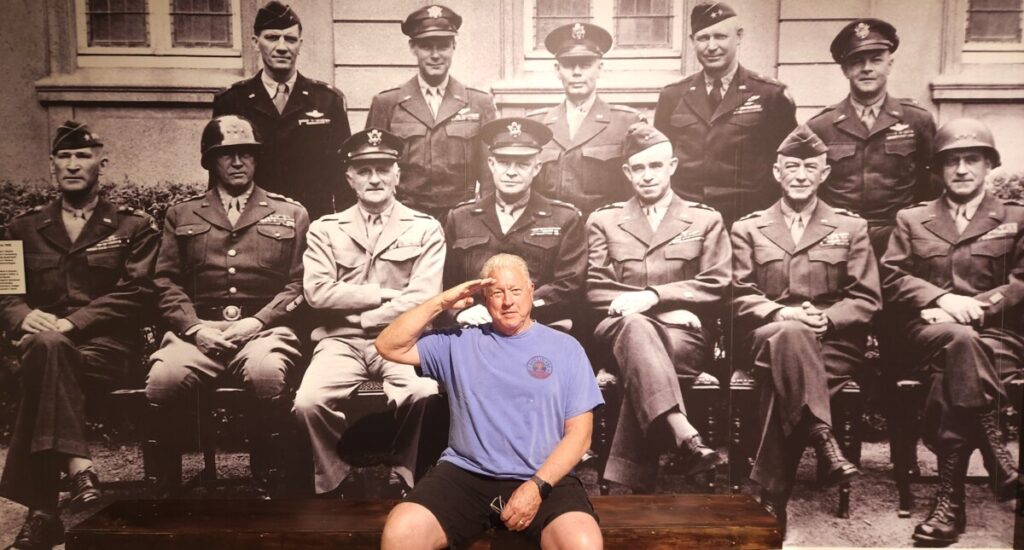
It’s because here, in 1942, Patton established the Desert Training Center, a series of 11 Army sub-camps, the largest military training ground ever to exist in the world. Over 1 million soldiers trained in this desolate, uninhabited desert for Operation Torch, the planned invasion and liberation of Nazi-occupied North Africa.

Patton chose this 18,000-square-mile site for its unforgiving conditions, because he knew the soldiers couldn’t beat the Nazis if they couldn’t first survive the desert. Scorching hot days in the summer, and below freezing in the winter. Ravaging sand storms, flash floods, and thunderstorms. Rattlesnakes and scorpions. Tent cities without any permanent structures, mess halls or barracks. All mimicking the North African desert conditions his combat troops would encounter in WWII … if they survived training, which necessited the gulping of up to 30 salt tables a day, just to stay alive. Good times!
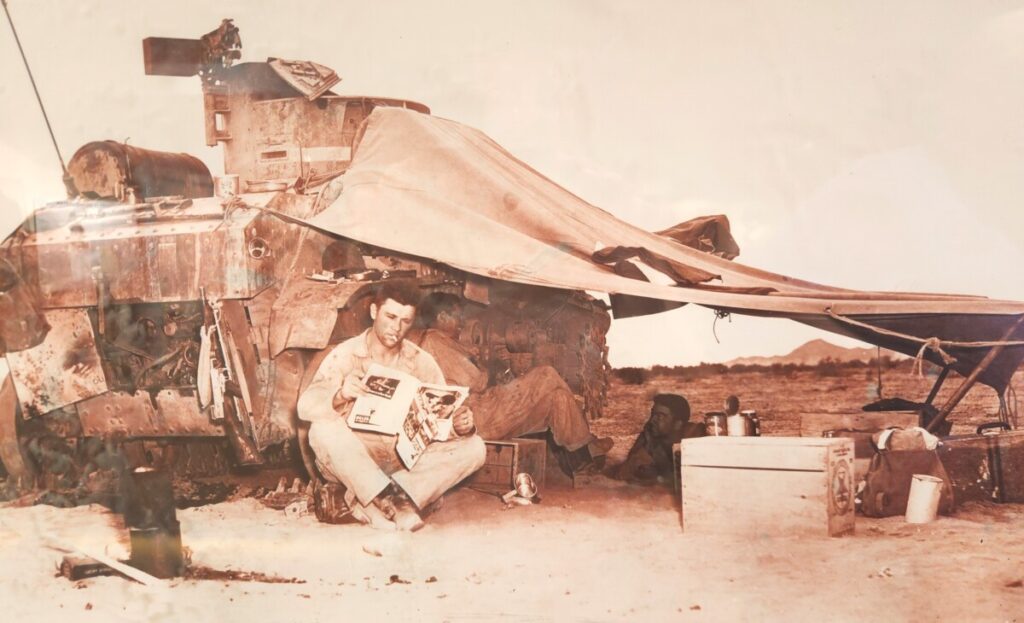
Big boys who love big toys will undoubtedly enjoy the museum’s tank pavilion, with a wide variety of military-related vehicles. And, with a free no-reservations, no-hookups campground (Chiriaco Summit Campground) behind the Museum, you can feel well guarded with an array of tanks visible out your window.


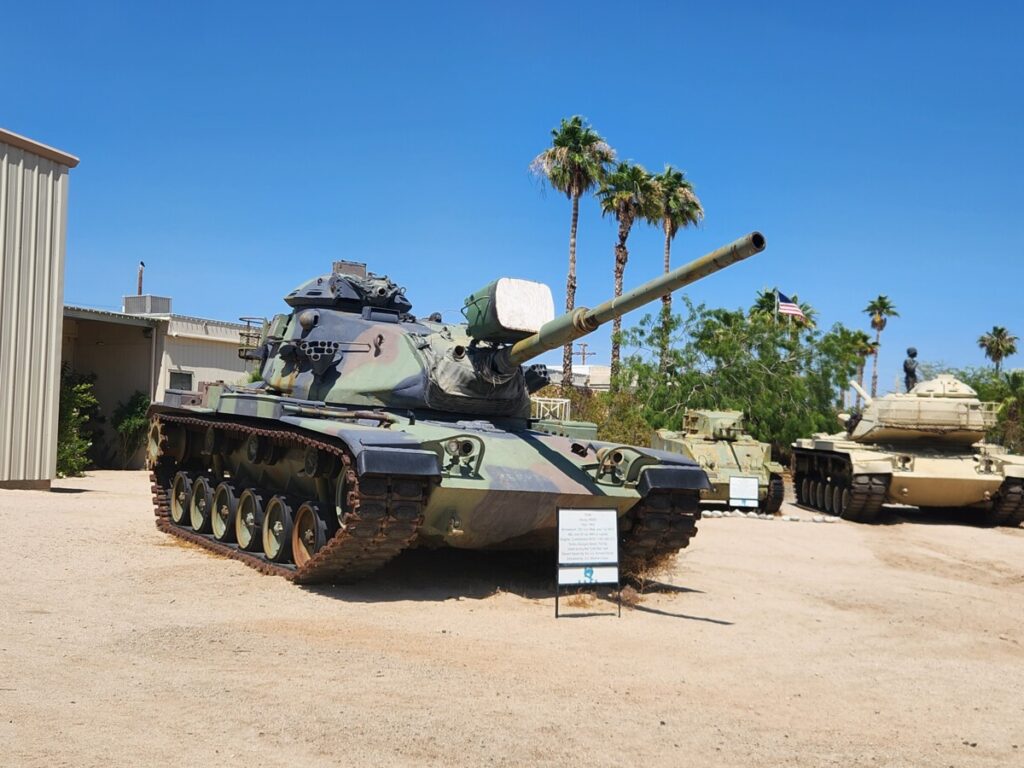
Our travels progressed from the guy whose military ministrations led to the end of the War and creation of the Berlin Wall, to the guy whose efforts helped to bring down the Berlin Wall … our 40th President, Ronald Reagan, and his beloved wife, Nancy.
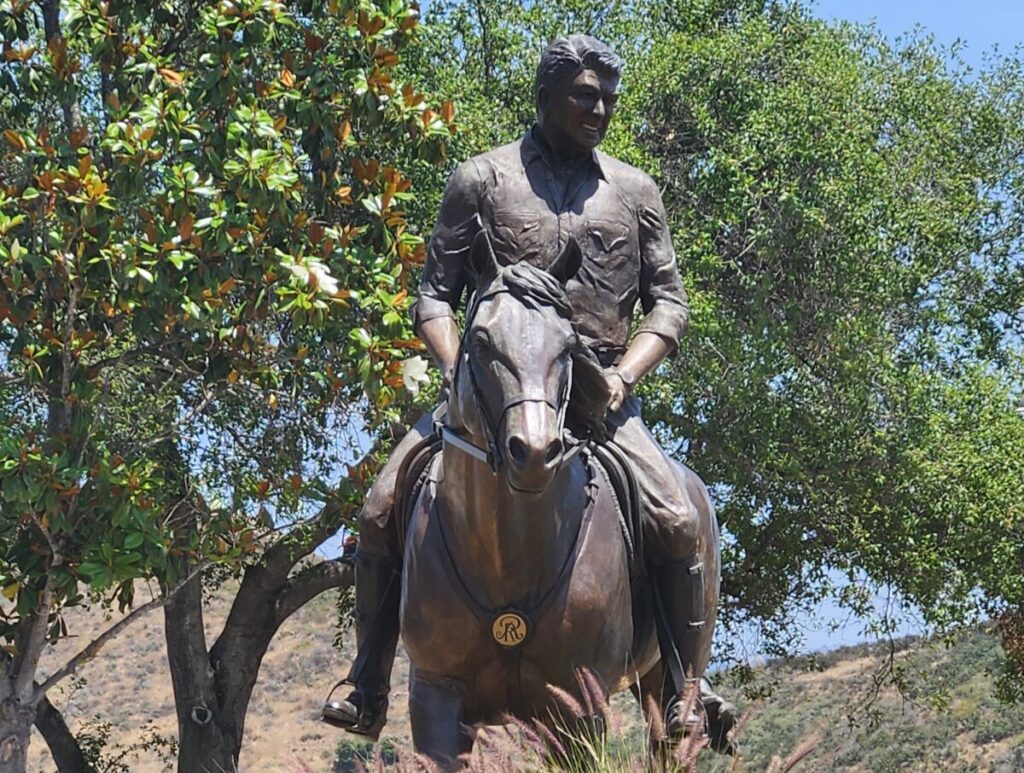
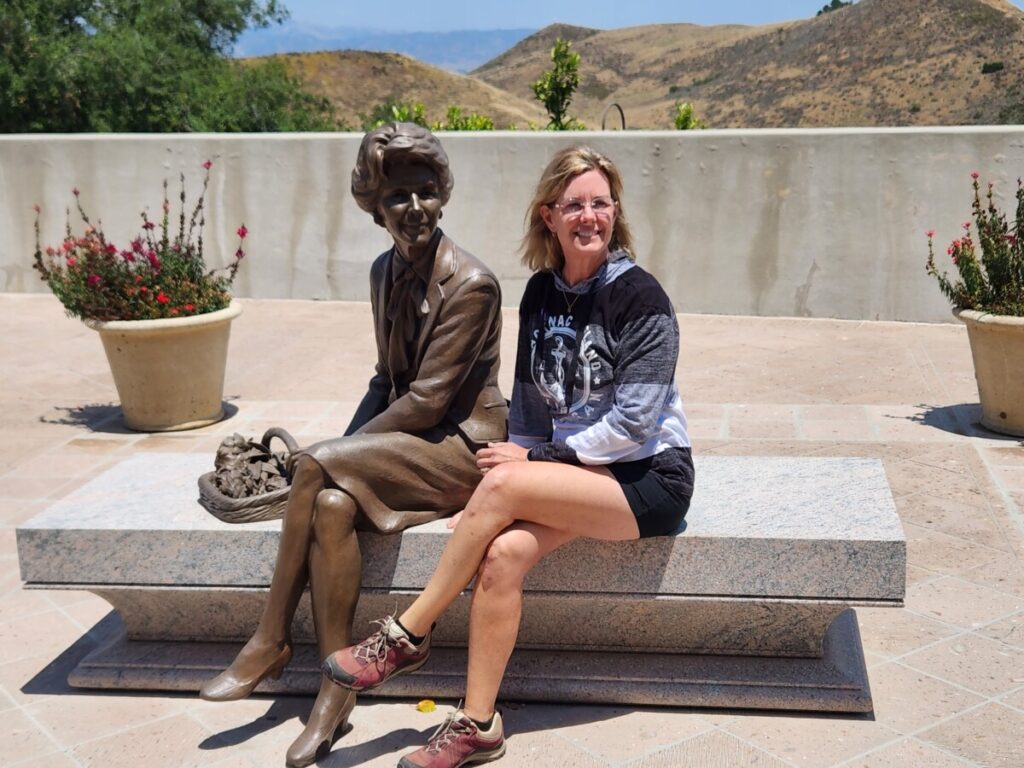
Here in Simi Valley, CA, the Ronald Reagan Presidential Library and Museum are located on 100 hilltop acres and surrounded by pristine, undeveloped hills. It was the most gorgeous setting of any of the other 7 (of 13 total administered by the National Archives) we have visited yet! The back courtyard displayed one of the prettier sections of the aforementioned Berlin Wall.
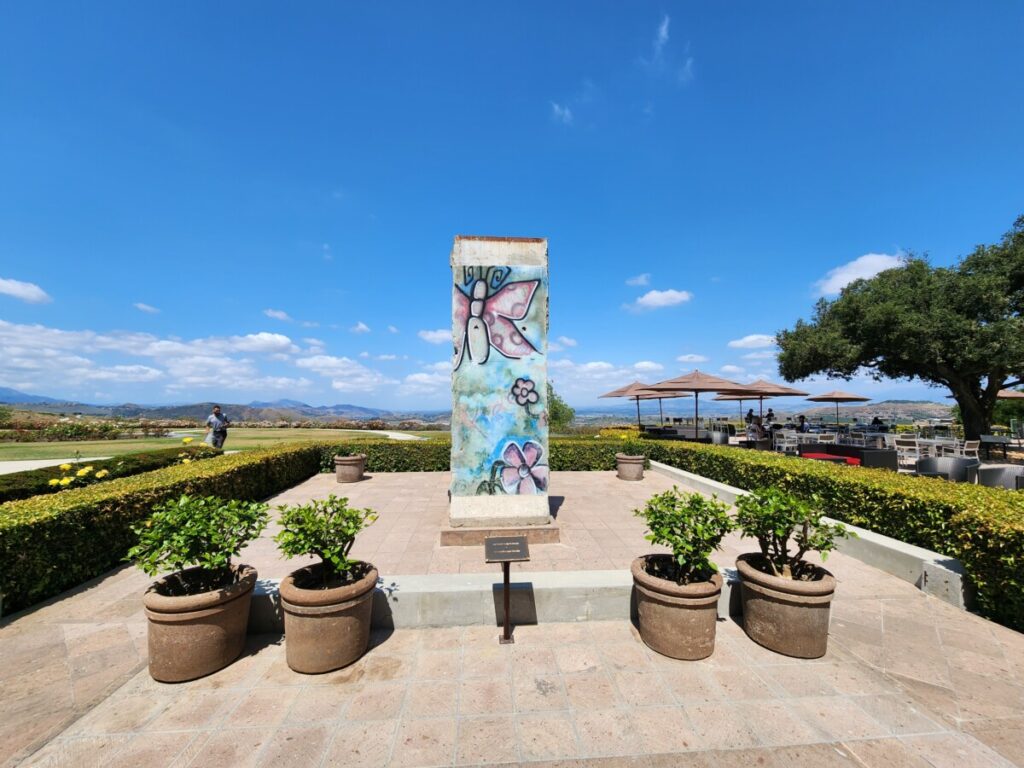
An enormous indoor pavilion houses Air Force One, specifically the version which was in use during Reagan’s presidency, and others that followed, up through Bush Jr. You can walk through it, though as the docent pointed out, “everything looks old, because it IS old.”

Because the plane is old, the stuff inside is also old, so it was pretty hilarious to check out the high-tech IBM Selectric Typewriter and a VW-bus sized dot-matrix printer. A lot of people could fit inside, including members of the press corps, who didn’t get a free ride … they had to pay the price of a first-class fare plus $1, in order to “ensure freedom of the press.”
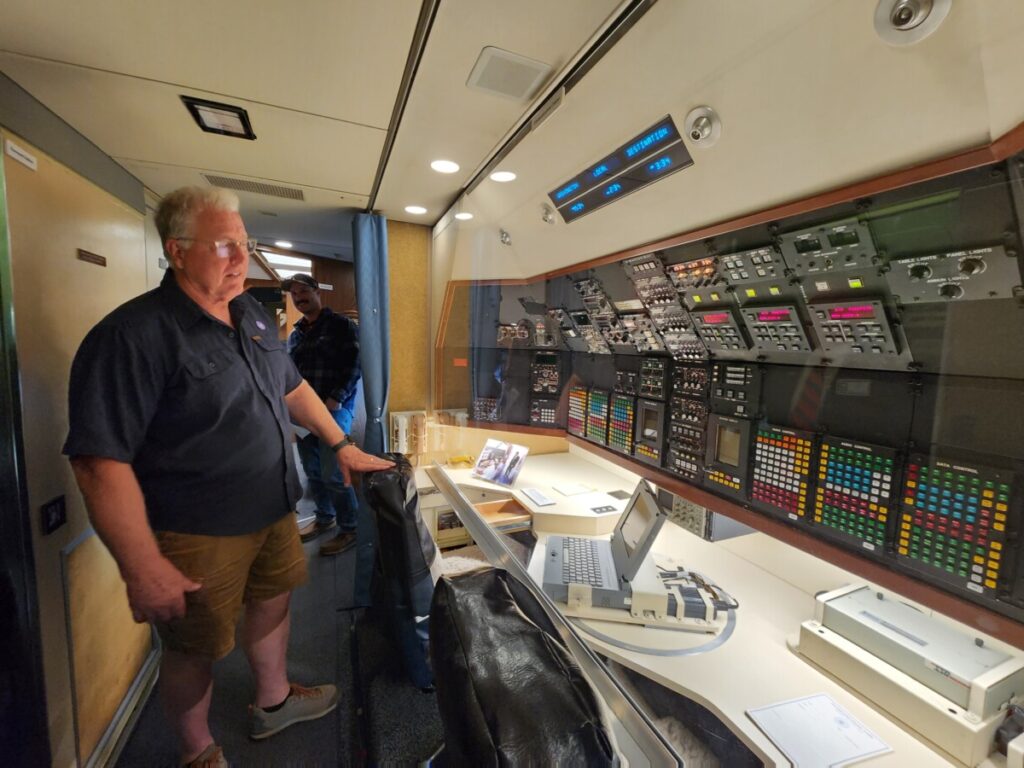
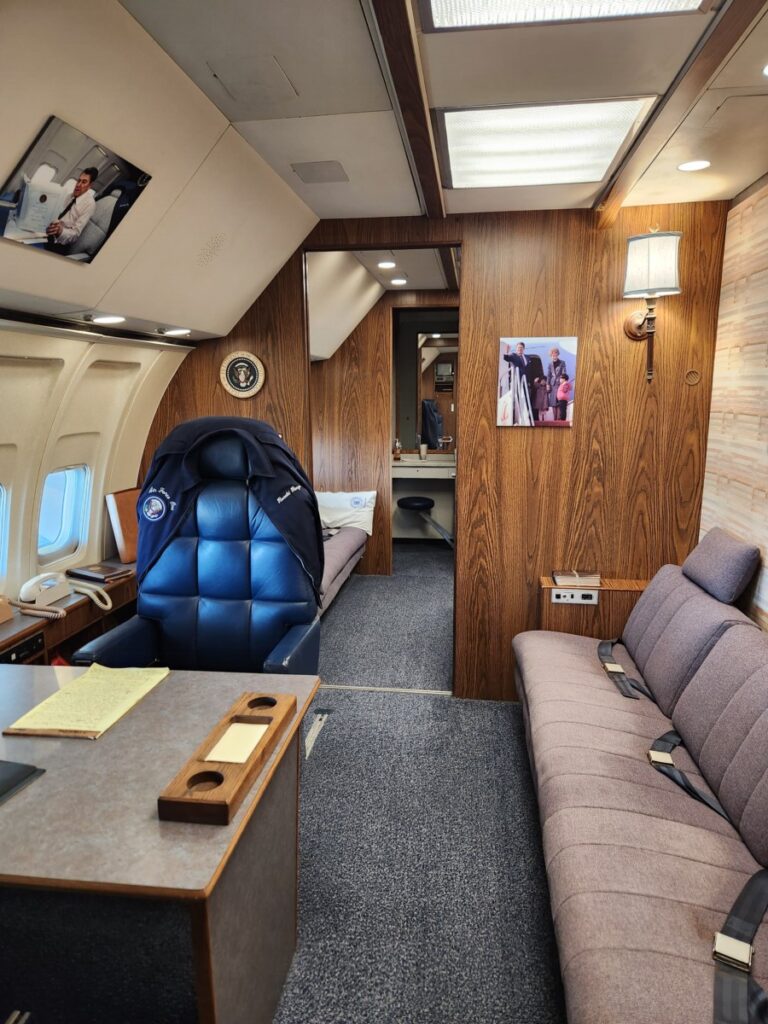
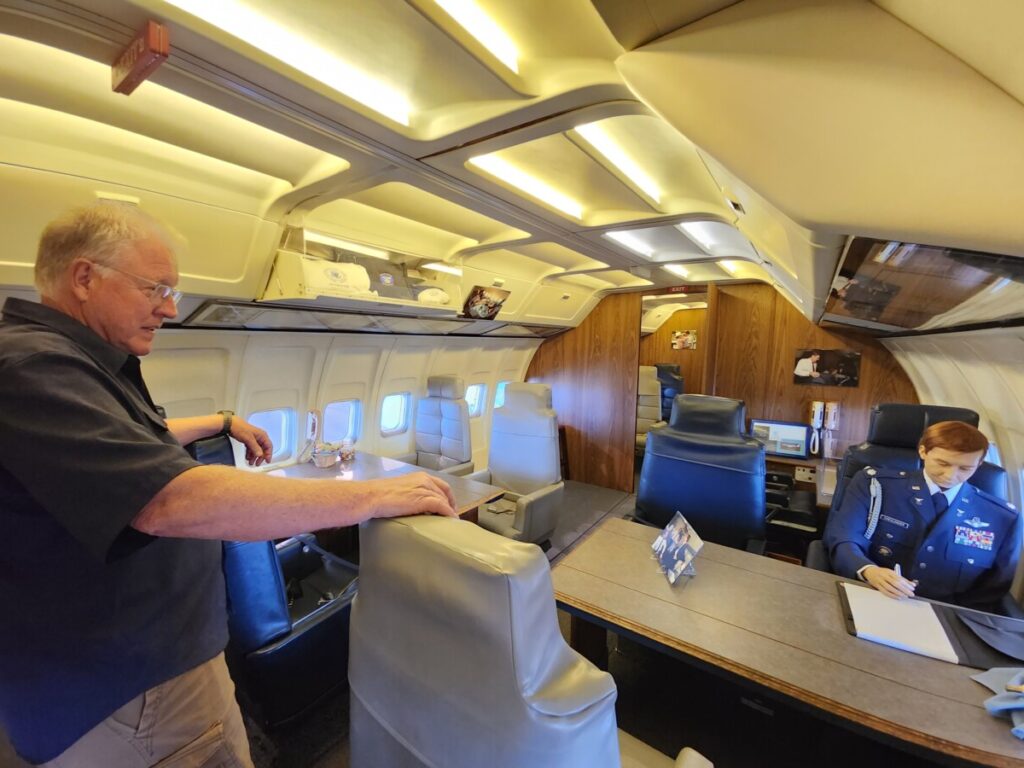

Other Presidential vehicles are also on display in the huge, glass-fronted building mostly paid for by wealthy Reagan pal T. Boone Pickens, including public safety vehicles that guarded the President, the Presidential limo, and the Presidential helicopter Marine One, which can also be toured.
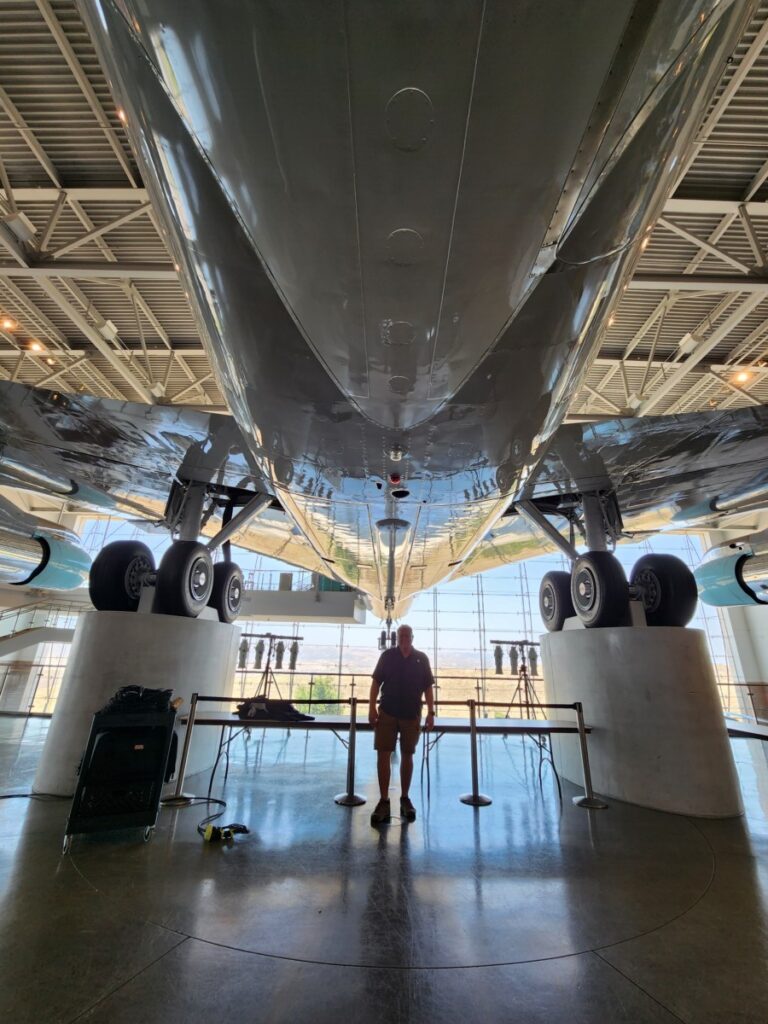


A special exhibit on the Holocaust, and specifically Auschwitz, is currently running at the Reagan, and the historical background was a nice tie-in to what we learned about WWII at the Patton Museum. I took very few photos, because it felt disrespectful to do so in the exhibit, but it was both educational and moving (the U.S. Holocaust Memorial Museum in Washington, DC is even better).

I did snap the iconic cattle car which was outside, and a shocking display showing the absolutely gigantic size of the camp, and yet only 20% of arrivals even made it into barracks; the rest were killed immediately on arrival. The map also shows why Auschwitz was chosen, being geographically in the center of many cities and countries from which Jews were being transported. Audio self-guides really help visitors to absorb the enormity of the Holocaust.
The town of Simi Valley was beautiful, and it was clear why it was chosen for the location of the Reagan. We grabbed a hike, and the remaining wildflowers of this year’s Superbloom, on the Sunrise Trail of the Woodridge Open Space area.

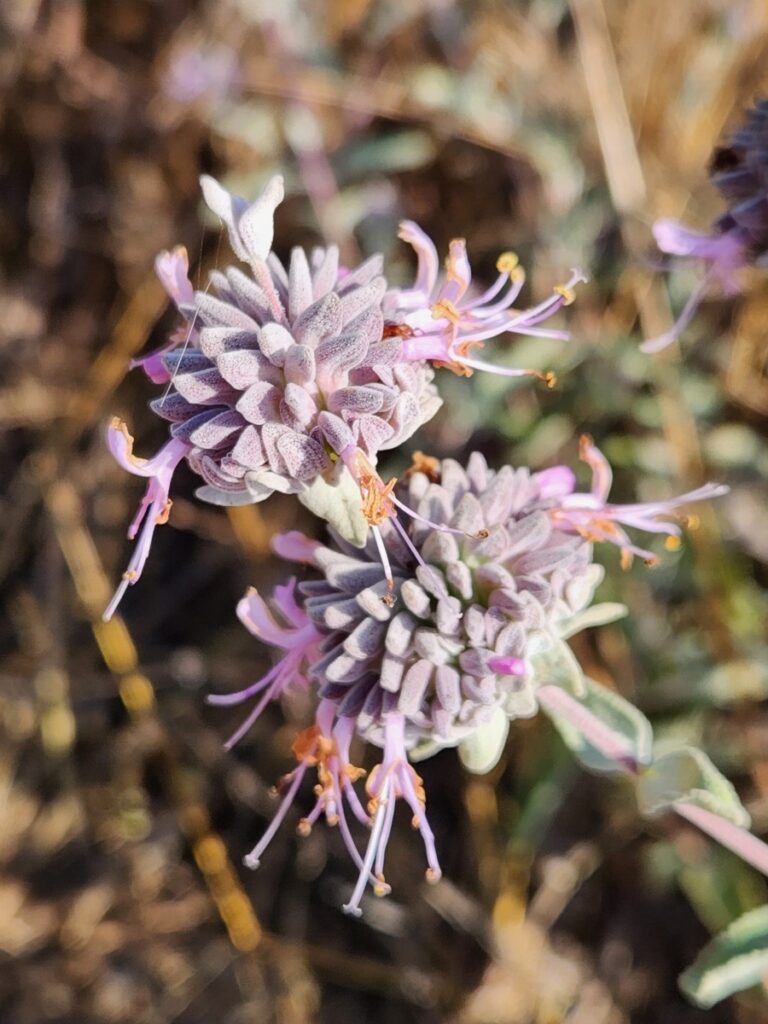

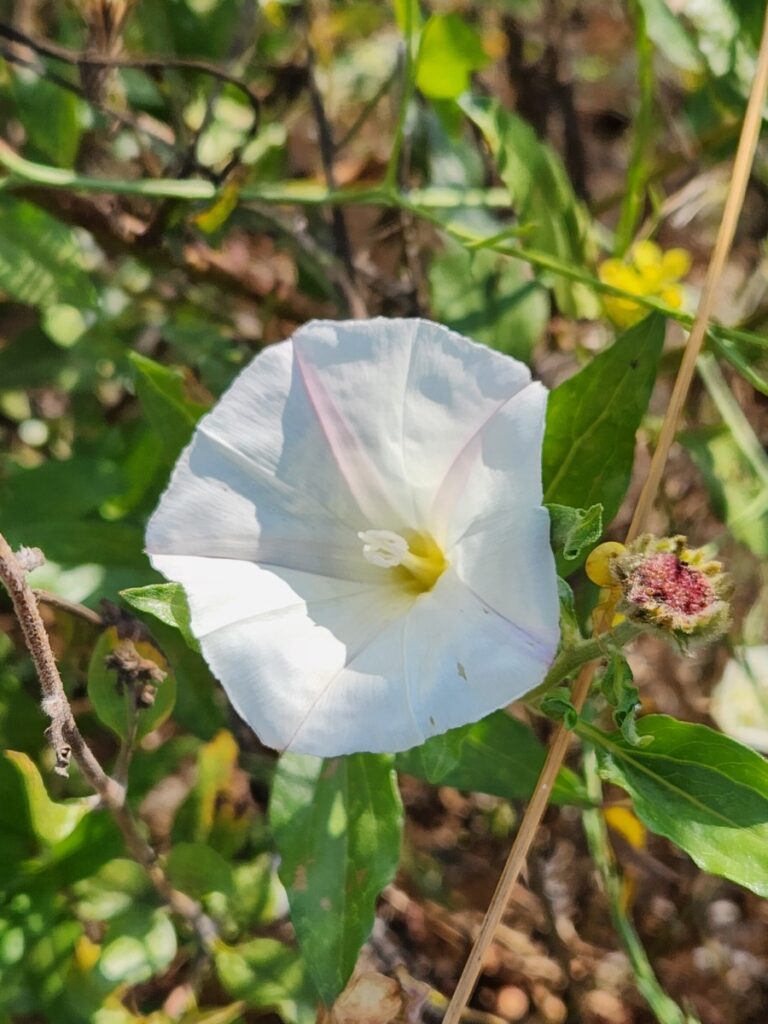
Oak Park Campground, a county park, was conveniently located just a few miles from the Reagan, and our campsite #11 had the benefit of a towering umbrella of an oak tree, so big that you can barely see the RV beneath it. Less delightful were the many Amtrak and Coastliner and freight trains running a few hundred yards behind the campground. The safety arms at a nearby road crossing were broken and the engineers must all have known it, because they would lay on a long, ear-piercing horn starting right about the time they were immediately aligned with our RV. Oh well, who needs peace and quiet anyway?!

Rolling along I-10 from Patton’s place to Reagan’s place, we were amazed at the more than 2,700 wind turbines, the largest wind farm in the U.S., visible from the highway outside Palm Springs; and were cheered, as we frequently are, by the effort people make to entertain bored and weary travelers along the road.
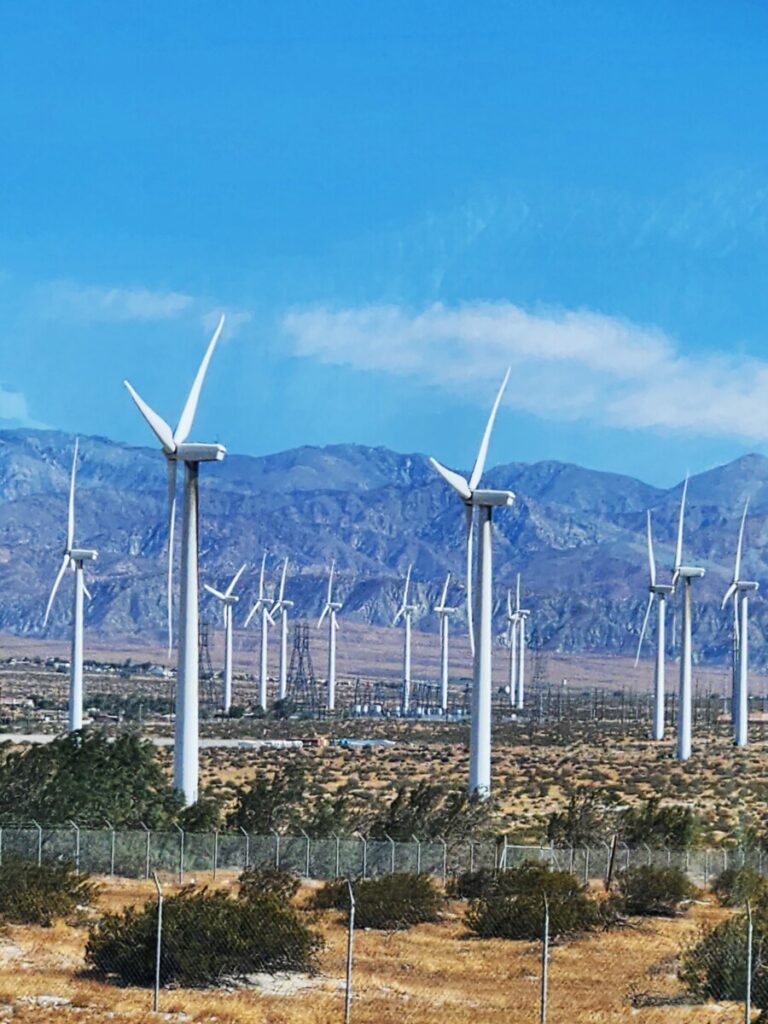

From here, we’re heading north to Bakersfield to visit the iconic music venue known as Buck Owens’ Crystal Palace, on our way to Sequoia and Kings Canyon National Parks!

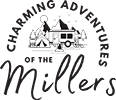
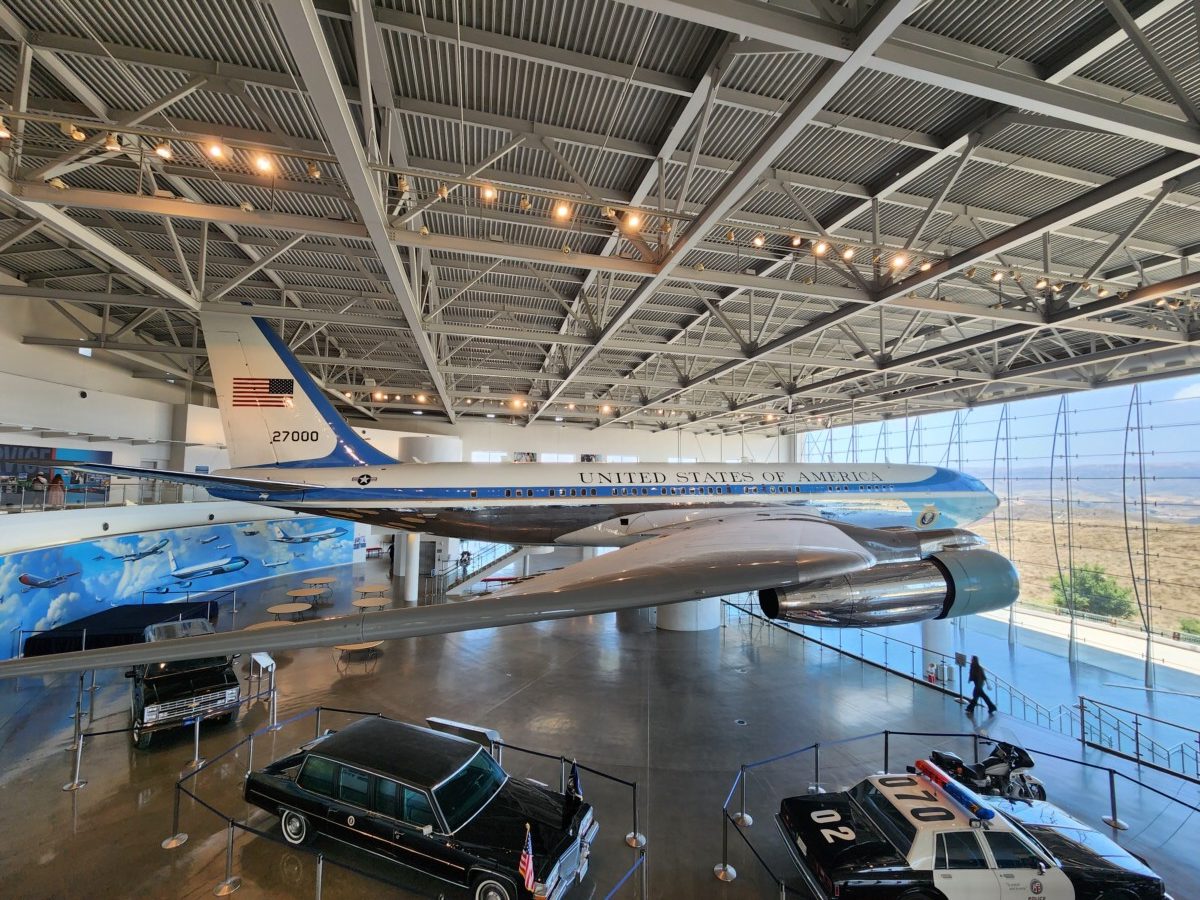

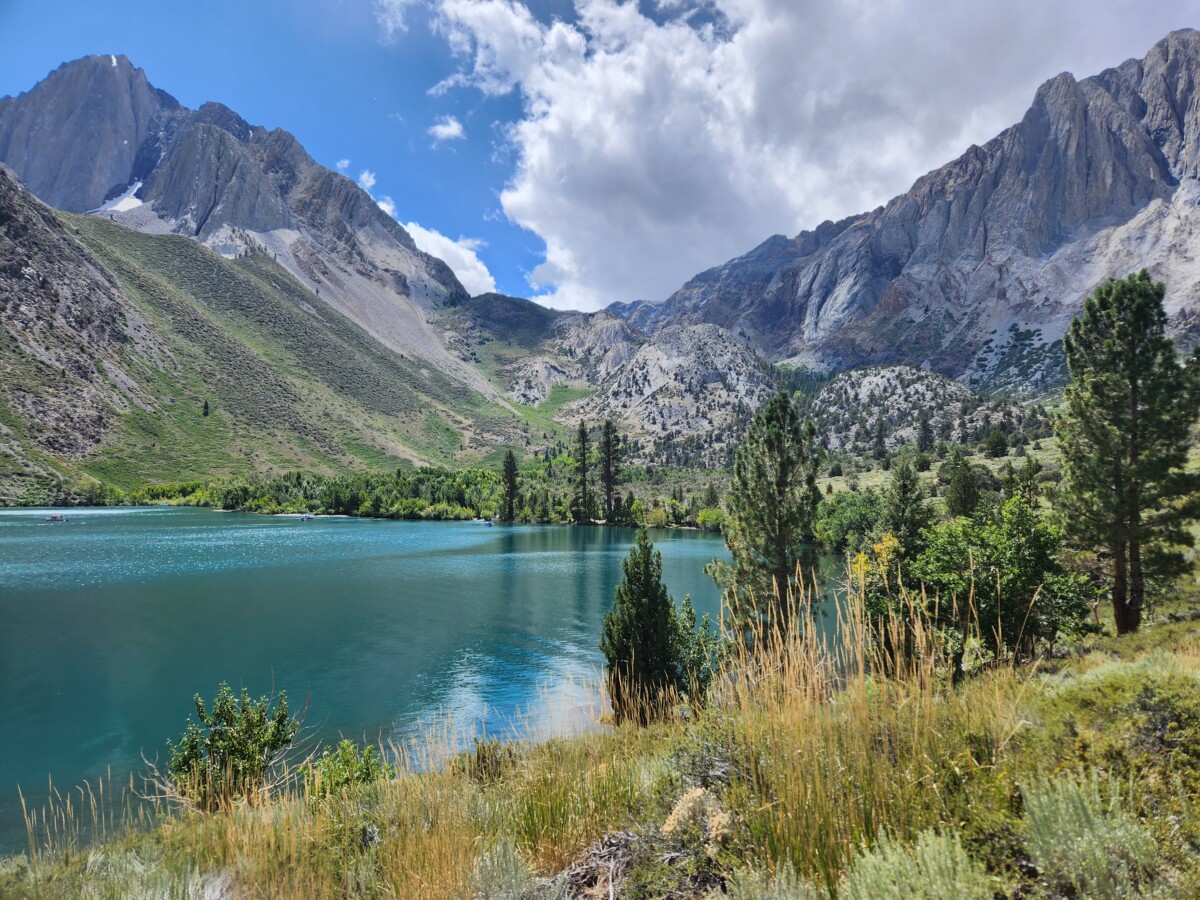
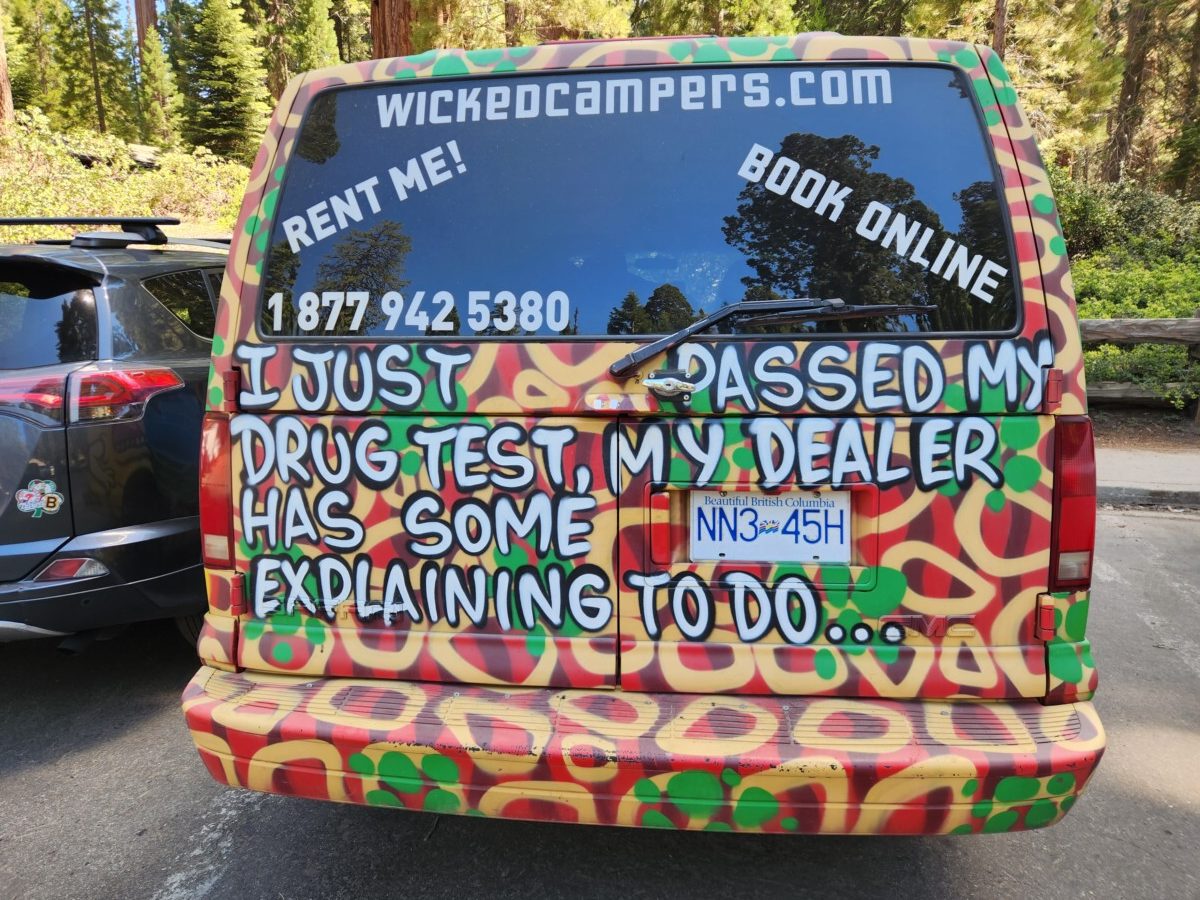
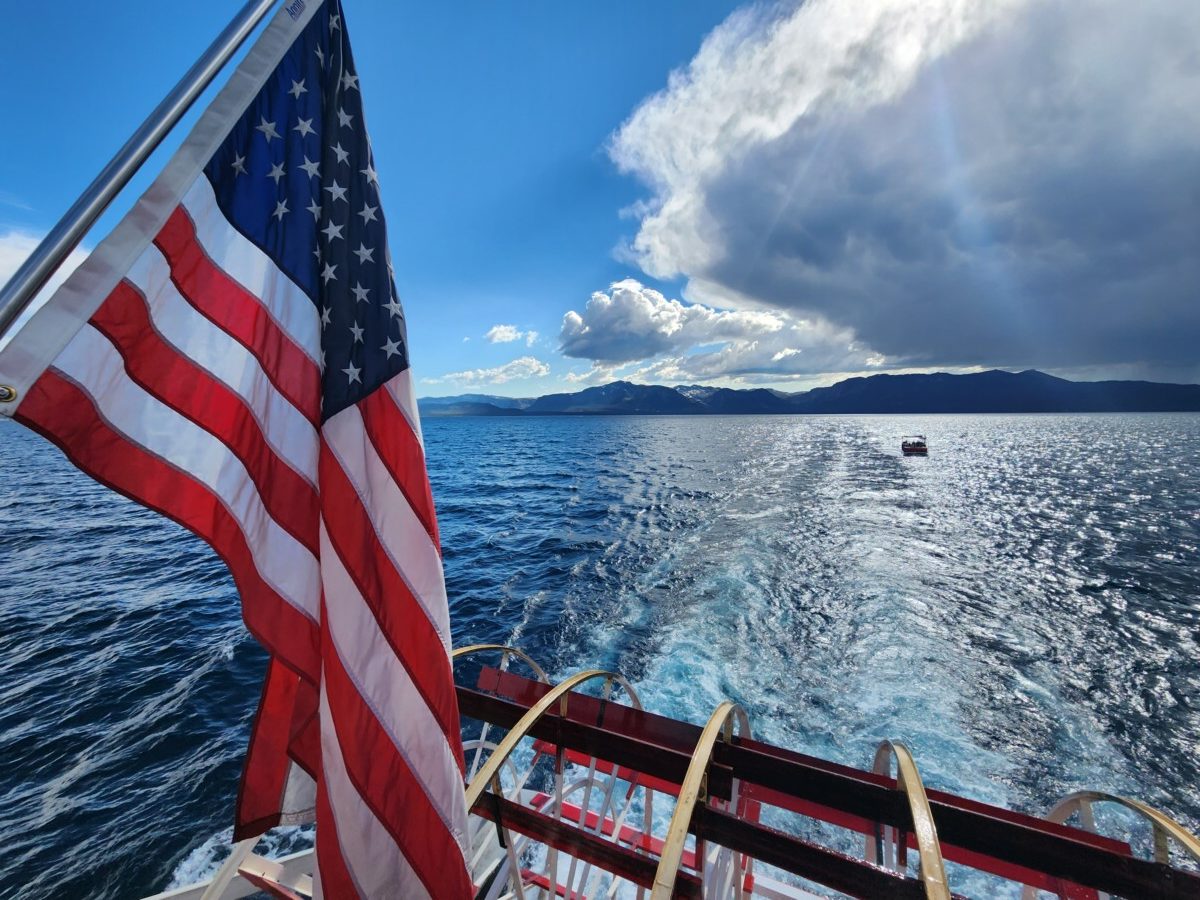
Yay!!! The Millers are on the road again! How many Presidential Libraries have you checked off, so far?
We are just trying to pass the time until we see you guys in October! 🙂 This makes eight Presidential Libraries!
You are just too funny, Tessa! That’s an impressive library count!
Looks like it was worth the wait! Happy Trails!!
I’m excited that you’re on the road again, too! You guys always get the absolute most out of your travels, and I love your stories and photos. And you often take us places that we missed in our travels. So strange that everything from the Reagan administration looks old…I mean, that was only, um, 40 years ago…(How did that happen?) 😳 Happy trails to you guys and Finn and Spreckles!